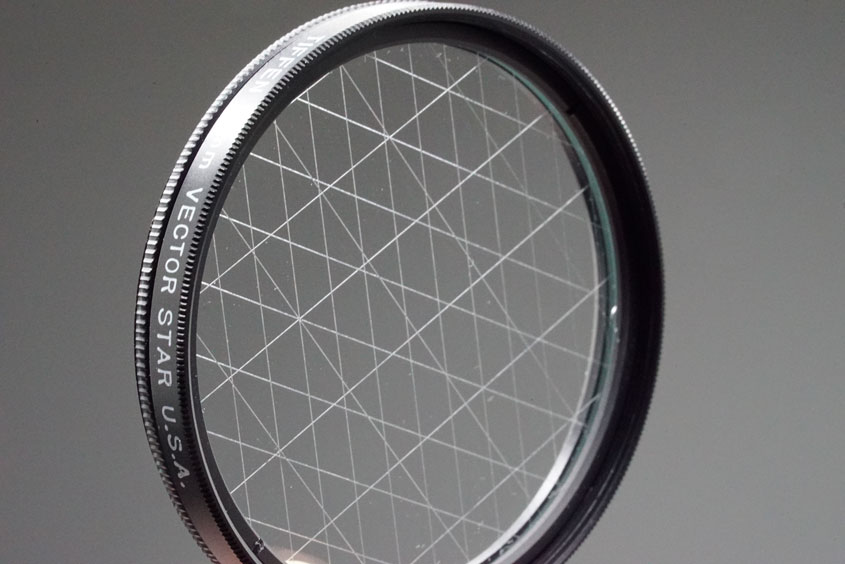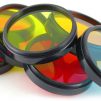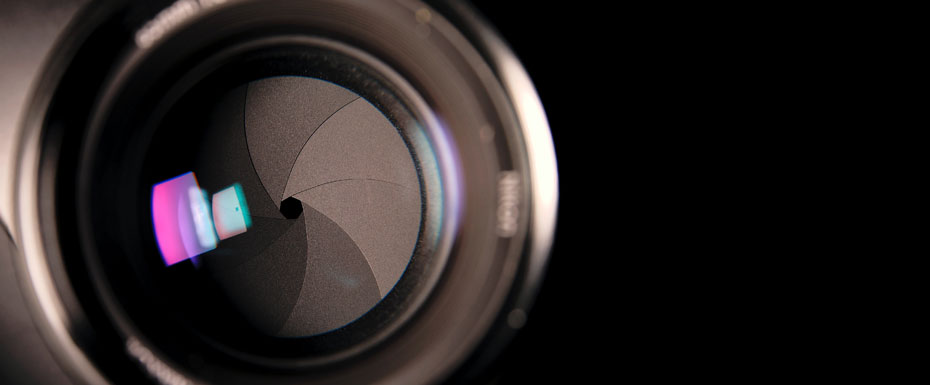
Introduction to Camera Lens Filters – Scope of Application and Tips for Beginners
Hello everyone! Today, we are going to discuss a topic that is very important for all the photographers who want to take professional shots on their reflex cameras. Therefore, we are going to talk about filters. But not those you can use during post-production in photoshop and definitely not those filters you can find on Instagram. This time, we will talk about replaceable lens filters that can be crucial for achieving the desired results.
If you read my blog regularly, you probably know that I always advise young photographers to reduce the post-production in favor of real-life effects that you can achieve with special gear like special lenses or additional lighting. And of course, the best thing is to apply some of your creative skills to reach some outstanding and unexpected results. But this time, we’re not just talking about lens filters from the point that they may be useful for some particular shots. No, many of those filters are absolutely crucial to achieving particular results, and no post-production software can manage to do the same.
How Useful Are Those Filters?
Filters can serve many purposes depending on what kind of filter you choose. Some of the filter lenses are used solely for the protection of your object-glass. Their primary mission is to protect the vulnerable and costly gear from mechanical damage of any kind or create a barrier between the object-glass and the area that you film. Also, there are many different lenses that actually influence the qualities and properties of your image – special lenses may help you adjust colors, correct exposure, reduce or increase the amount of light and reflection, add some other effects to the shot, etc.
The filer that serves a particular purpose can also come in different shapes. For instance, for portrait photography, you can use a classic adjustable screw-on filter. Still, if you want to achieve the same effect by taking a panorama, it will be better to attach a bigger square filter that will allow you to apply the effect evenly. Here are the basic types of filters by shape:
- Screw-on filters – the most basic kind of filter. It actually looks like a round lens, and it is easily attached next to your objective-glass. Those are easy to put on and remove, so you need to have those at hand all the time. For instance, you may need to catch some memorable moments as fast as possible, and the filter may become handy.
- Drop-in filters – those filters are typically attached to big telephoto lenses. As it is explicitly indicated in their name, you can just drop them as a section or lift up if you don’t feel like using this effect right now.
- Square filters – these filters are normally used for taking panorama views and other wide-scale shots of nature. Normally, you will need an additional frame to attach this one to your camera.
- Rectangular filters – the major principle is pretty similar to the one in square filters. Nevertheless, rectangular filters give you even more space for exploration and experiments.
Types of Filter Lenses by Function
UV Filters. Those are mostly used to protect your mother’s lens from mechanical damage, dirt, and water. Those are one of the most basic ones, and they are a must for any photographer who doesn’t want to buy a new mother lens every half a year. Those filters are also good for shooting outdoors – they help reduce extensive amounts of natural light and eliminate some unnecessary reflections.

Polarizing Filters. Those are used just like dark glasses – they help reduce the amount of light and eliminate some of the brightest reflections. Many polarized filters are adjustable, so you can experiment with the amount of fogging in real-time.
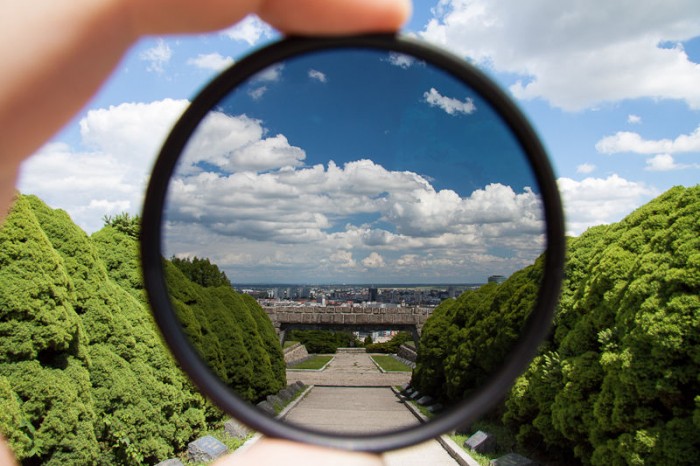
Neutral Density Filters. Those reduce the number of light that gets straight to your lens. Those filters are good for taking beautiful long exposure shots and shooting landscapes and moving objects.
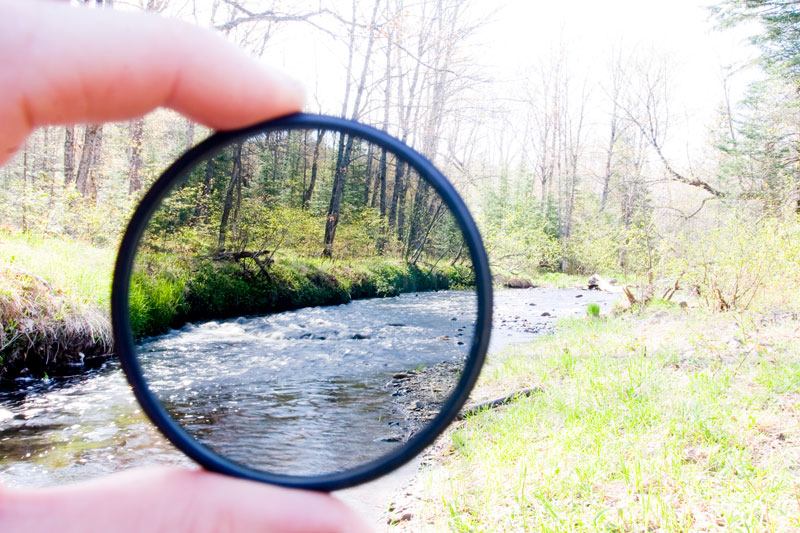
Color Filters. Those are the easiest – you just pick a color and start taking photos.
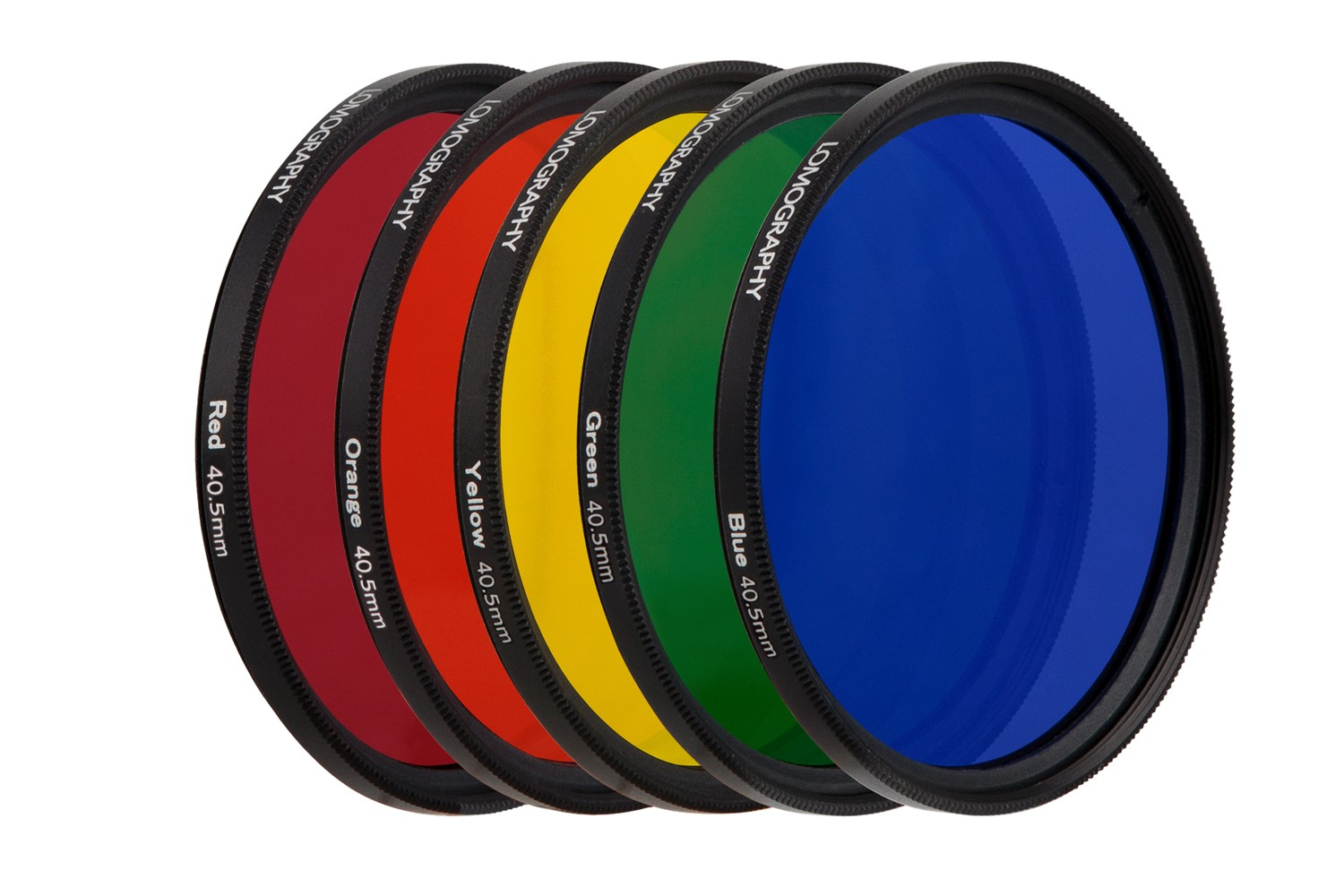
Close-Up Filters. I hope it is pretty understandable for any photographer around here that digital zoom is what you need to avoid in any circumstances if you are not working as a spy for the government. Close-up filters allow you to take beautiful macro photos from a distance. You can also use close-up filters that add extra effects to the image like vertical distortion, fisheye, etc.
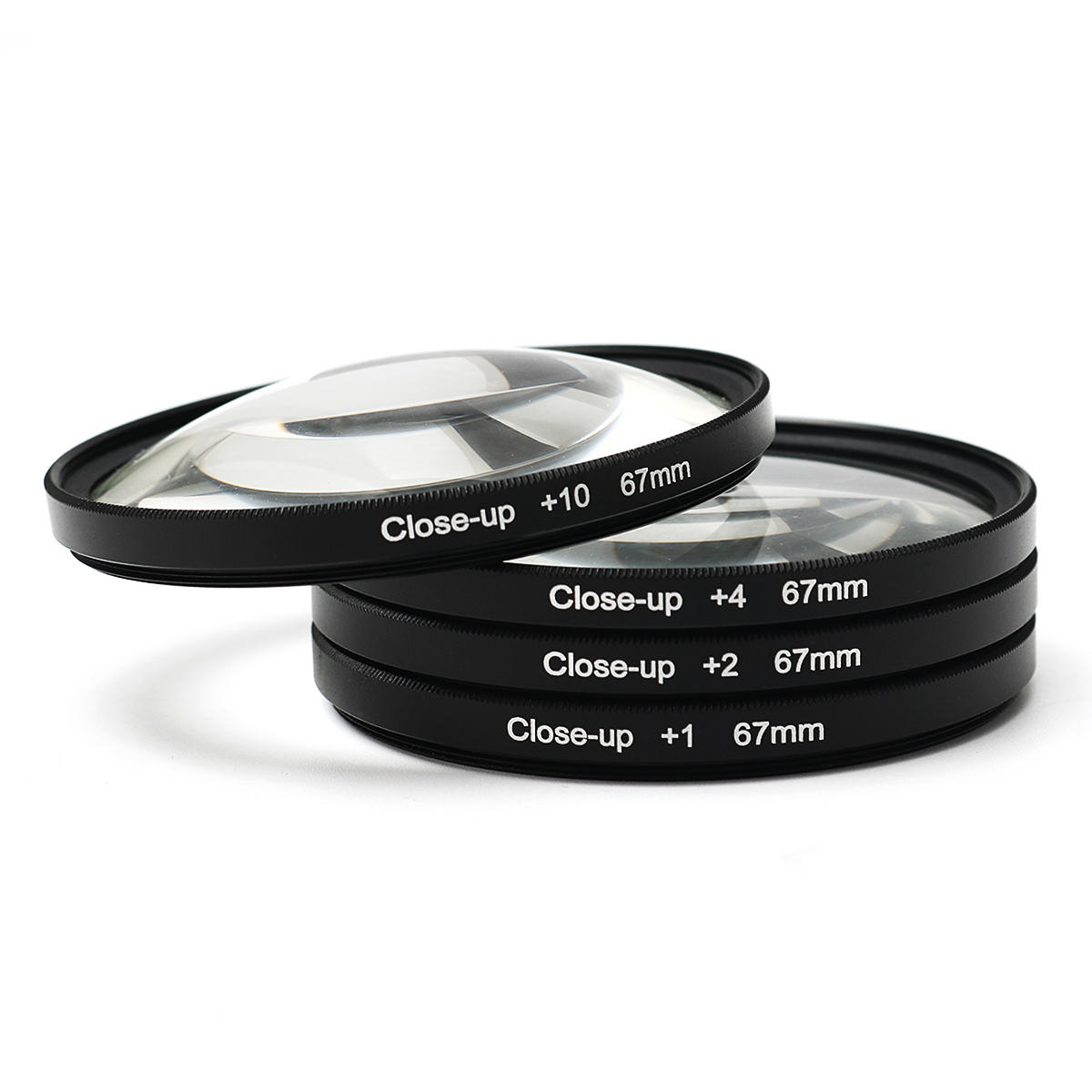
Special Effects Filters. This category includes many different filter lenses that can bring some extra magic to your shots. Special effects filters are used to enhance light sources in the photo (can be easily applied to city lights or night sky), distort the image, copy objects, limit lighting in the photo, distort the shape of light, etc. It can be easily used for any photography.
